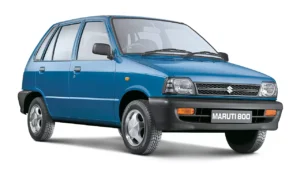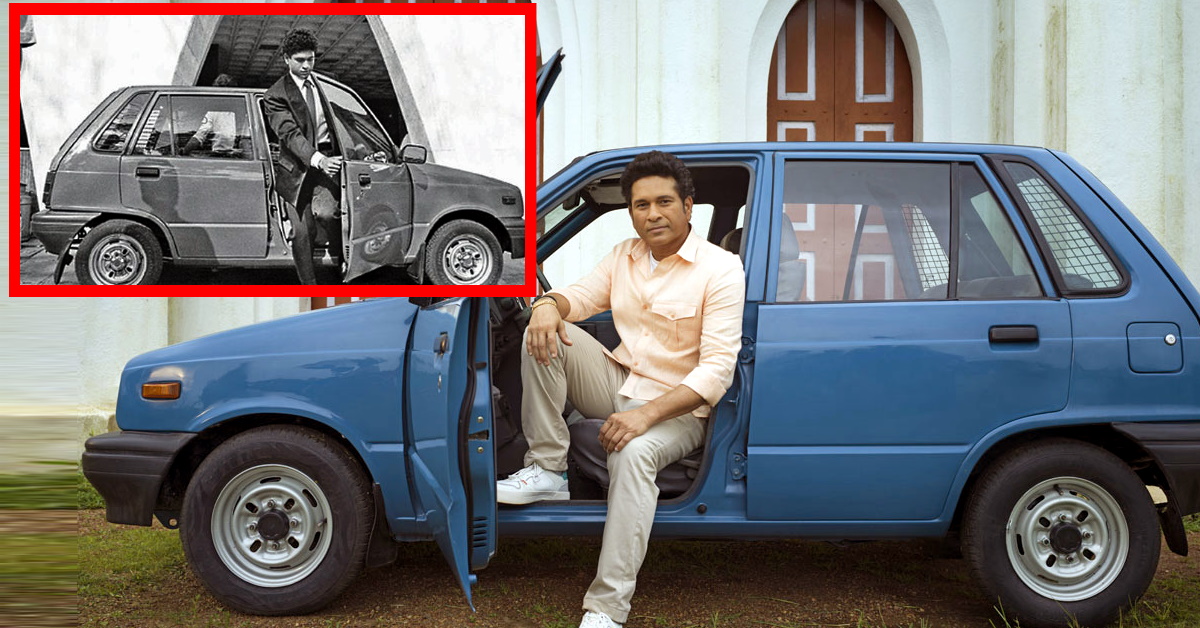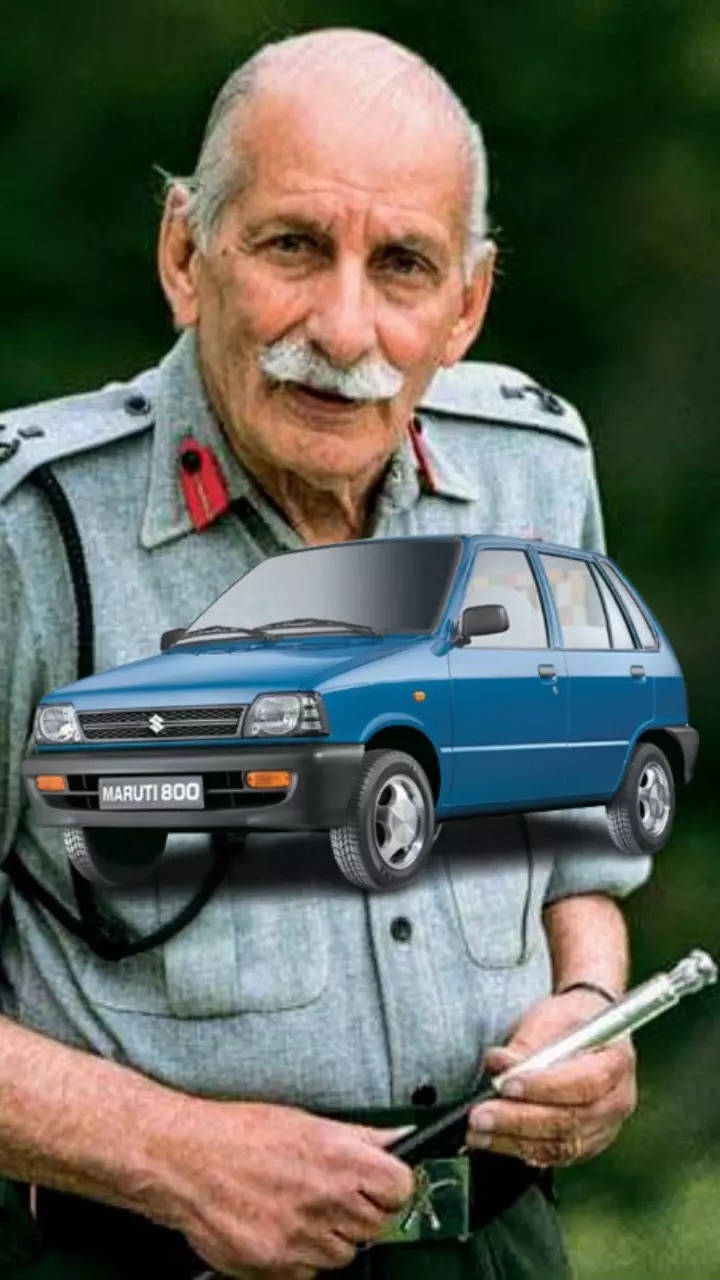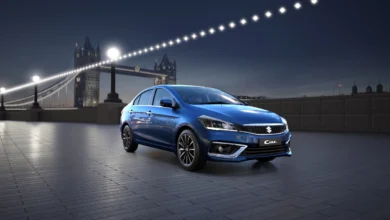Maruti Suzuki 800 Blog: A Car that ruled Indian Market and Pepole’s Heart
Explore why Maruti Suzuki 800 was the most sucessfull and iconic car in the Indian market
Maruti 800: The Car That Defined an Era

On December 14, 1983, the Indian automotive landscape witnessed the launch of a car that would go on to become a national icon—the Maruti 800. This unassuming yet revolutionary vehicle was not just a mode of transportation; it became a symbol of progress, aspiration, and innovation in India. For nearly four decades, the Maruti 800 dominated the market, setting benchmarks that would shape the future of the Indian automobile industry.
The Dawn of a New Era
In the early 1980s, India’s car market was a far cry from the bustling industry we see today. The sector was characterised by limited choices, high costs, and stringent regulations. Enter the Maruti 800, a car designed to challenge these norms and offer a new level of accessibility and practicality to Indian consumers.
Developed through a partnership between the Indian government and Suzuki Motors of Japan, the Maruti 800 was launched with the vision of making car ownership attainable for the average Indian family. Its design was both compact and spacious, making it well-suited for the congested urban environments of the country.
Market Dominance and Iconic Status
By 1998, the Maruti 800 had captured an impressive 80% of the Indian car market. Its success was a result of its affordability, reliability, and innovative features. The car’s market dominance was a testament to its ability to resonate with the needs of a diverse consumer base, from young professionals to large families.
The Maruti 800 wasn’t just a popular choice; it was also a status symbol. Owning one was often associated with modernity and success. For many, it represented a significant milestone, marking a shift from public transportation to private mobility.
Pioneering Features
The Maruti 800 was not merely an economic choice; it was also a pioneer in automotive technology. It was among the first cars in India to feature disc brakes, which provided enhanced safety and braking performance. Additionally, the car came equipped with a synchronized gearbox, making gear shifts smoother and more efficient—a feature that was ahead of its time.
While it had manual steering, which might seem rudimentary by today’s standards, it was perfectly adequate for the driving conditions and expectations of the era. The Maruti 800’s manual steering was a reflection of its commitment to simplicity and practicality.
| ENGINE | 796CC |
| TORQUE | 59 Nm |
| POWER | 37 BHP |
| MILAGE | 14.16 KMPL |
| NO. OF CYLINDER | 3 |
| EMISSION | BS4 |
Performance and Popularity
Despite its compact size, the Maruti 800 boasted impressive performance metrics. It could accelerate from 0 to 100 km/h in just 20 seconds and reach a top speed of 137 km/h. These figures were noteworthy for a car in its class and era, making it suitable for both city commutes and occasional long drives.
Over its production run, more than 2.66 million units of the Maruti 800 were sold. This incredible figure highlights the car’s widespread appeal and its significant role in shaping the Indian automotive market.
The Maruti 800 and Prominent Owners
The Maruti 800 was not just a car for the masses; it also found its way into the lives of some of India’s most prominent figures. Cricket legend Sachin Tendulkar received his first car as a Maruti 800, and Field Marshal Sam Manekshaw, a revered military leader, also owned one. The car’s presence in the lives of such notable individuals further cemented its status as a symbol of success and sophistication.


Legacy and Impact
The Maruti 800’s production officially ceased in 2014, but its legacy endures. The car not only transformed personal mobility in India but also set the stage for the country’s burgeoning automotive industry. It introduced millions to the concept of car ownership and contributed significantly to the evolution of automotive manufacturing in India.
Even though the Maruti 800 is no longer in production, its influence can still be seen in the diverse range of vehicles available today. It remains a cherished part of India’s automotive history, remembered fondly by those who experienced its reliability and simplicity.
Conclusion
The Maruti 800, launched on December 14, 1983, was much more than just a car. It was a revolutionary force that changed the automotive landscape of India. With its impressive market capture, pioneering features, and status as a symbol of modernity, the Maruti 800 left an indelible mark on the country’s history. As we look back on its remarkable journey, it’s clear that the Maruti 800 was not just a vehicle but a phenomenon that shaped an era.



